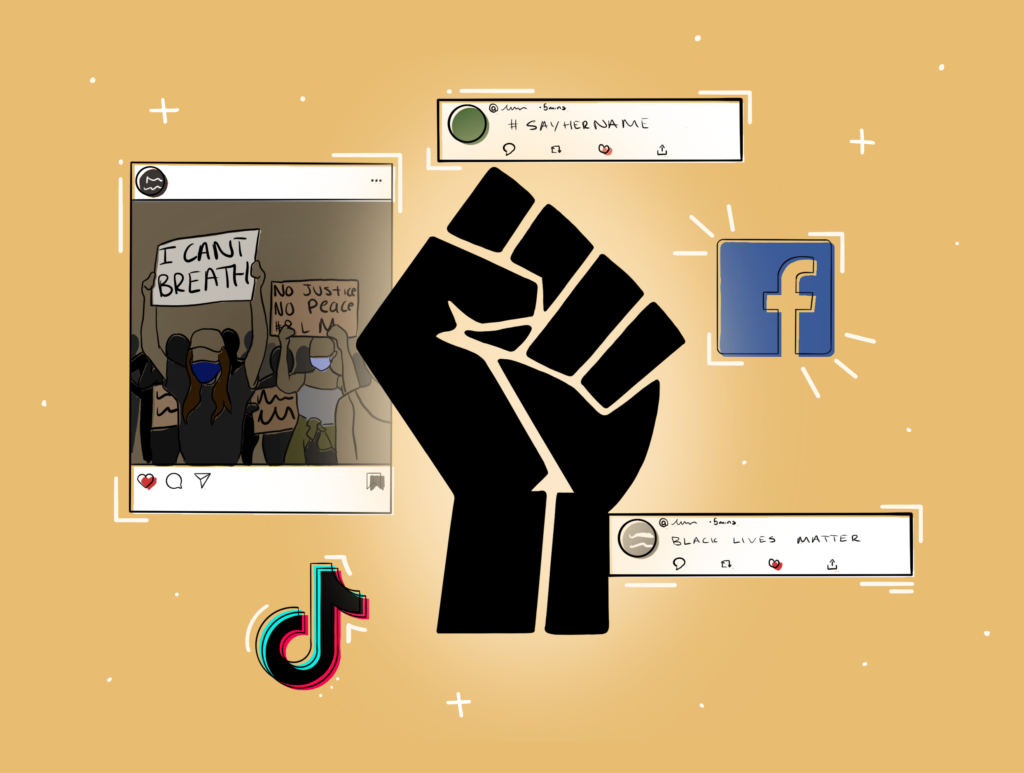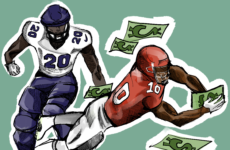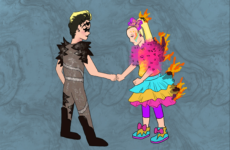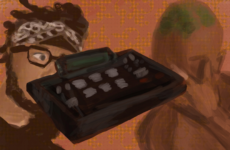“We have moved from the era of civil rights to the era of human rights,” said Reverend Dr. Martin Luther King Jr. in May of 1967. This idea has endured across decades and is evident in today’s galvanized youth, many of whom have spent the past summer demanding justice for victims of police brutality, raising awareness about human rights atrocities, and encouraging donations to nonprofits, one tweet and Instagram post at a time.
Technology and social media have revolutionized the nature of protest movements in two ways. First, protests today can rapidly acquire momentum; organizations communicate their messages online, where millions of people can easily access and share the information. Second, as King articulated, this new era of protests is not restricted to protecting the rights endowed by our institutions; activists are also fighting for human rights.
Because of social media’s accessibility and speed, virtual movements are more successful at pulling together a support base. In today’s world, a movement can grow overnight. Black Lives Matter (BLM) started in 2013 as a Facebook post and evolved into a globally recognized organization. With one tweet, share, or post, hundreds of youth are called to impromptu rallies and protests. By any measure, the ability to reach the world’s population in a matter of minutes has made the movement an overwhelming success.

Graphic by Sesame Gaetsaloe/The Choate News
Critics of virtual activism argue that movements have become decentralized; for instance, BLM doesn’t have an official leader or president that acts as the face of the movement. However, centralized authority may not be as necessary as it was during the 1960s Civil Rights Movement — social media can carry BLM’s message to all corners of the world. As a result, under the umbrella of BLM, smaller chains of Black activism have taken root, forming their own focused communities.
Princeton University Professor Omar Wasow said, “Part of what social media does is allow us to see a reality that has been entirely visible to some people and invisible to others.” However, he also noted the downsides of digitized movements: “There isn’t a deep well of trust among demonstrators, as there was among people who did the first sit-ins of lunch counters and all knew each other.”
Since most movements today are widespread, virtual, and attracting more people by the minute, they don’t have the same intimate sense of community. However, a shared purpose still exists, which has the capability to forge even stronger connections and transcend borders. After all, people are now fighting for change from living rooms and kitchens across the world.
Perhaps the most significant shift brought about by the ease of interconnectivity is a new emphasis on human rights. Before the internet and social networking, activists sought the liberties granted based on citizenship. Now, operating on a global scale, youth activists seek the rights acquired by the very nature of being alive — such as the right to education and freedom of expression.




